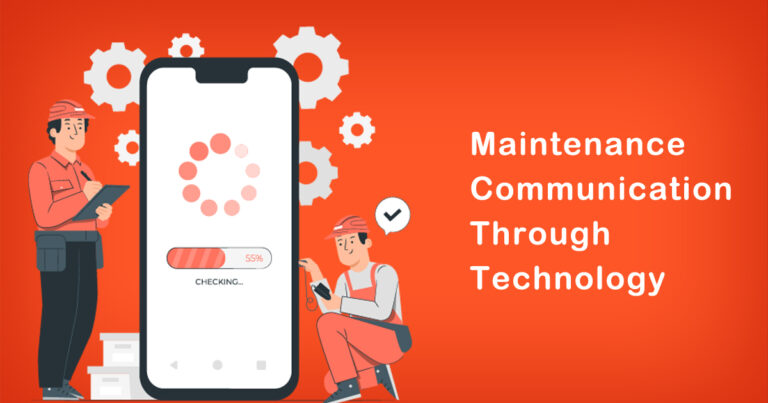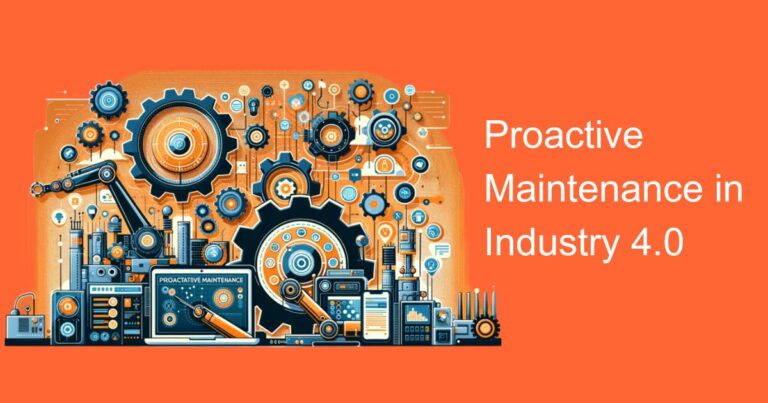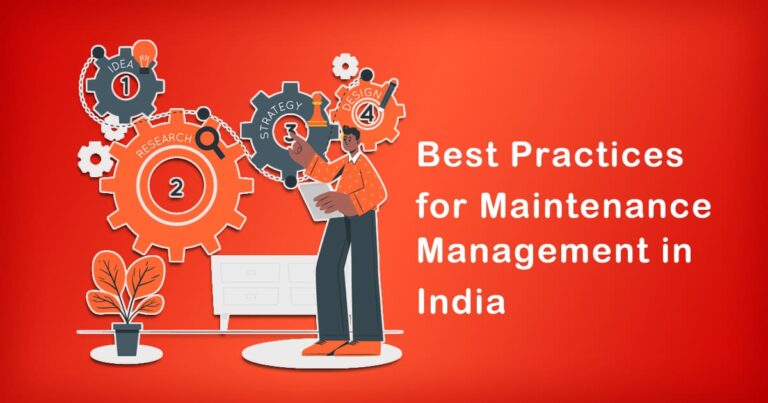As businesses strive to optimize their operations and reduce costs, many have turned to lean maintenance programs. These programs aim to minimize waste and improve efficiency by implementing a systematic approach to maintenance. In this blog, we will explore the best practices and lessons learned from implementing a lean maintenance program.
What is a Lean Maintenance Program?
A lean maintenance program is a systematic approach to maintenance that aims to minimize waste and improve efficiency. The program is based on the principles of lean manufacturing, which focuses on eliminating waste, reducing inventory, and improving quality. The program involves the use of data analysis, continuous improvement, and standardization to improve maintenance processes.
Best Practices for Implementing a Lean Maintenance Program
1. Define Clear Objectives
Before implementing a lean maintenance program, it is essential to define clear objectives. The objectives should be specific, measurable, achievable, relevant, and time-bound (SMART). Defining clear objectives will help to focus efforts and measure progress towards achieving the goals.
2. Establish a Baseline
Establishing a baseline is critical for measuring the effectiveness of a lean maintenance program. A baseline should include key performance indicators (KPIs) such as equipment downtime, maintenance costs, and mean time between failures (MTBF). The baseline will serve as a benchmark for measuring the success of the program.
3. Engage Employees
Employee engagement is essential for the success of a lean maintenance program. Employees should be involved in the development and implementation of the program. They should also be trained on lean maintenance principles and encouraged to suggest ideas for improvement. Employee engagement will help to create a culture of continuous improvement and increase buy-in for the program.
4. Use Data Analysis
Data analysis is a critical component of a lean maintenance program. Data should be collected on maintenance activities and analyzed to identify areas for improvement. The data should be used to make data-driven decisions and prioritize maintenance activities. Using data analysis will help to identify trends, patterns, and opportunities for improvement.
5. Implement Standardization
Standardization is a key principle of lean maintenance. Standardization involves creating standard processes and procedures for maintenance activities. Standardization helps to reduce variability, increase efficiency, and improve quality. Standardization should be based on best practices and should be continuously reviewed and improved.
Lessons Learned from Implementing a Lean Maintenance Program
1. Start Small
One of the most important lessons learned from implementing a lean maintenance program is to start small. Trying to implement a lean maintenance program across an entire organization at once can be overwhelming. Starting with a small pilot project can help to identify challenges and opportunities for improvement.
2. Communicate Effectively
Effective communication is essential for the success of a lean maintenance program. Communication should be clear, concise, and frequent. Employees should be kept informed of the program’s progress and should be encouraged to provide feedback. Effective communication will help to increase employee engagement and buy-in for the program.
3. Continuously Improve
Continuous improvement is a core principle of lean maintenance. Implementing a lean maintenance program is not a one-time event, but an ongoing process of improvement. The program should be continuously reviewed and improved based on feedback, data analysis, and best practices.
4. Focus on Results
Focusing on results is critical for the success of a lean maintenance program. The program should be focused on achieving measurable results, such as reducing downtime and maintenance costs. Focusing on results will help to create a sense of urgency and increase the program’s impact.
Conclusion
Implementing a lean maintenance program can help businesses to minimize waste, improve efficiency, and reduce costs. Best practices for implementing a lean maintenance program include defining clear objectives, establishing a baseline, engaging employees, using data analysis, and implementing standardization. Lessons learned from implementing a lean maintenance program include starting small, communicating effectively, continuously improving, and focusing on results.








